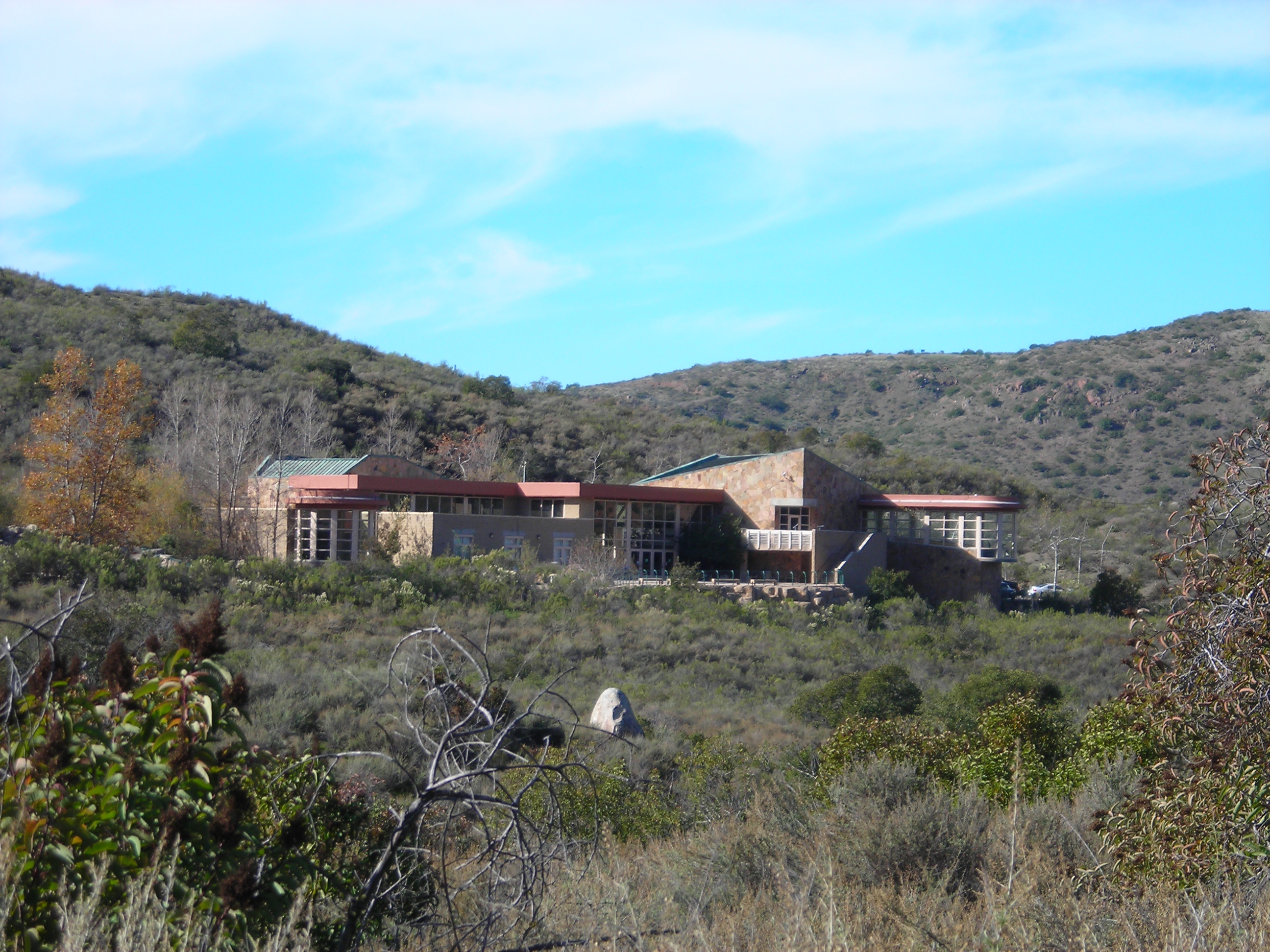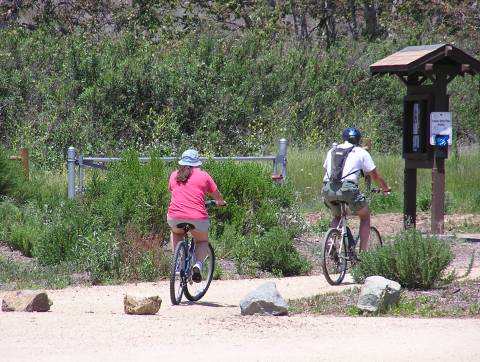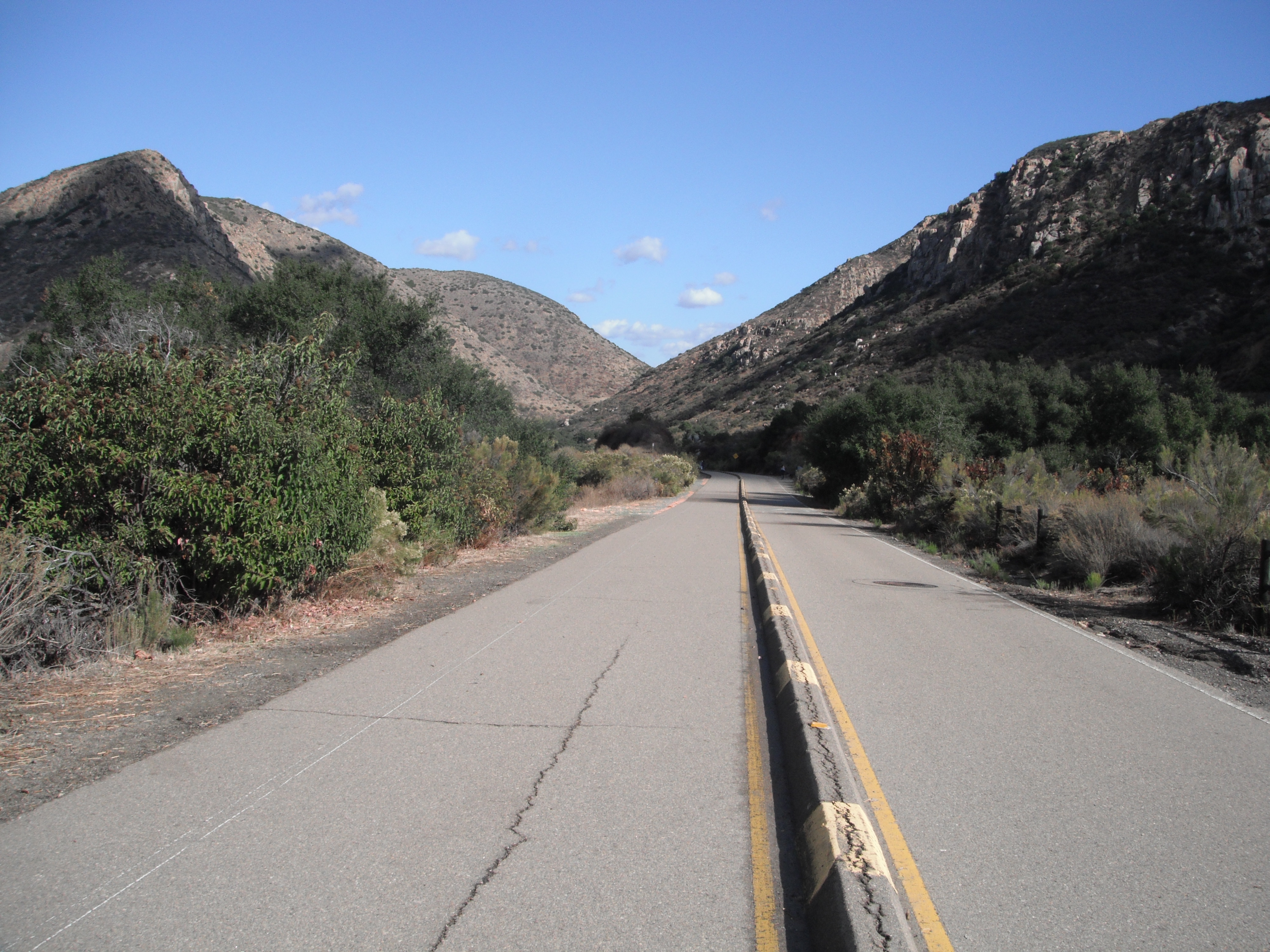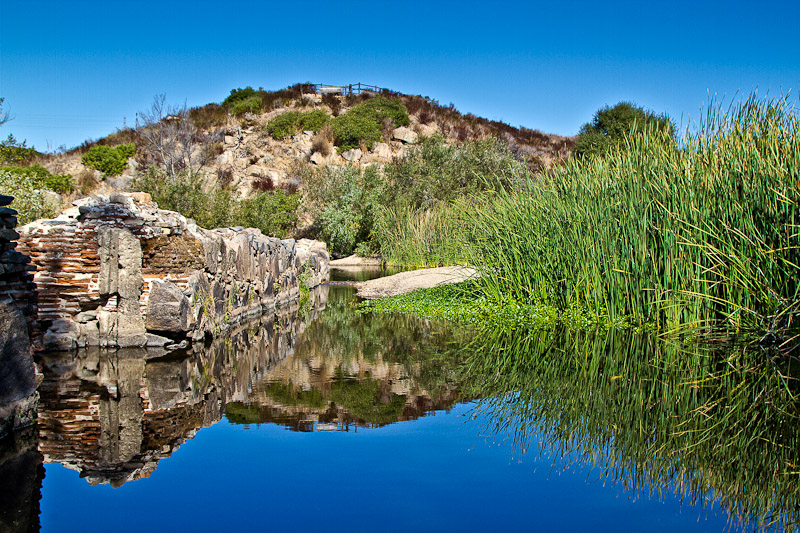Plant Identification





|
Plant Identification
|
|
|
PLANT IDENTIFICATION
Lemonadeberry (Rhus integrifolia)- Lemonadeberry is a shrub native to the southern california coast and inland areas. It can grow from 1 to 8 meters and is found in elevations up to 900 meters. The fruit of these plants is red and sticky and have a tart flavor. Be sure not to eat the seeds, just suck on them!!!
Deerweed (Lotus scoparius)- Deerweed is a native perennial herb native to California and is also found outside of California. This plant grows at elevations up to 5000 feet. These plants are also nitrogen fixers so they are a benefit to other surrounding plants.
Wooly Blue Curl (Trichostema lanatum)- Wooly Blue Curl is a native plant that grows up to 1.5 meters tall with narrow, pointy leaves. Their blue flowers are borne in clusters with stems covered in wooly hairs. These plants are not too common and are easily mistaken for Monkeyflower when not in bloom.
Tree Tobacco (Nicotiana glauca)- We decided to add this plant on the map because it is often mistaken for a San Diego native. Unfortunately, this plant is native to South America and was anthropogenically introduced into our region. Although the name "Nicotiana" leads you to think that the leaves of this tree can be smoked, think again! The leaves contain a chemical called anabasine which is used in commercial insecticides. This plant is highly poisonous and should not be consumed.
Shooting Star (Dodecatheon clevelandii)- Shooting Star is a beautiful ephemeral
plant that begins its growth in mid winter all the way up to late spring. It has
basal leaf clumps up to 40 centimeters long with stems up to a foot tall
containing white, nodding flowers.
Wild Cucumber (Marah macrocarpus)- Wild cucumber is a plant that is mostly found
hanging off of other plants. It contains large, spiky seed pods with seeds
inside that resemble loquat seeds.
Mexican Elderberry (Sambucus mexicana)- Mexican Elderberry is a native plant
commonly found in wet areas. It size can range from 10 to 40 feet tall. It
produces berries in the late spring and early summertime; they taste great but
don't eat too many of them!
Laurel Sumac (Malosma laurina)- Laurel Sumac is an extremely common California
native plant. It is found along the coast and in inland areas up to several
thousand feet and can be found as far north as Santa Barbara, CA. The plants
distinguishing features are their taco shaped leaves.
Monkeyflower (Mimulus aurantiacus)- Monkeyflower is a native plant with narrow,
sharp, sticky leaves and beautiful flowers ranging from deep red to peach
colored. This plant is a host plant for the checkerspot butterfly.
Flat Top Buckwheat (Eriogonum fasciculatum)- Flat Top Buckwheat is another ubiquitous native plant; they can be seen from the coast all the way inland up to 7500 feet. The species is "fasciculatum" because of its fascicled leaves which occur in bunches. The flowers of this plant are extremely small and are found in large bunches which look like pinkish white cotton balls.
Matilija Poppy (Romneya coulteri)- Matilija Poppy is a native California wetland
plant. No, this plant was not named after Mitt Romney! On a better note, R.
coulteri has the largest flower petals of any native California plant.
Nightshade (Solanum parishii)- Nightshade is a low growing plant that contains
beautiful, purple flowers. This plant is a member of the potato family and the
berries are highly poisonous. Do not eat any parts of this plants unless would
like to go to the emergency room or die.
|
|
|